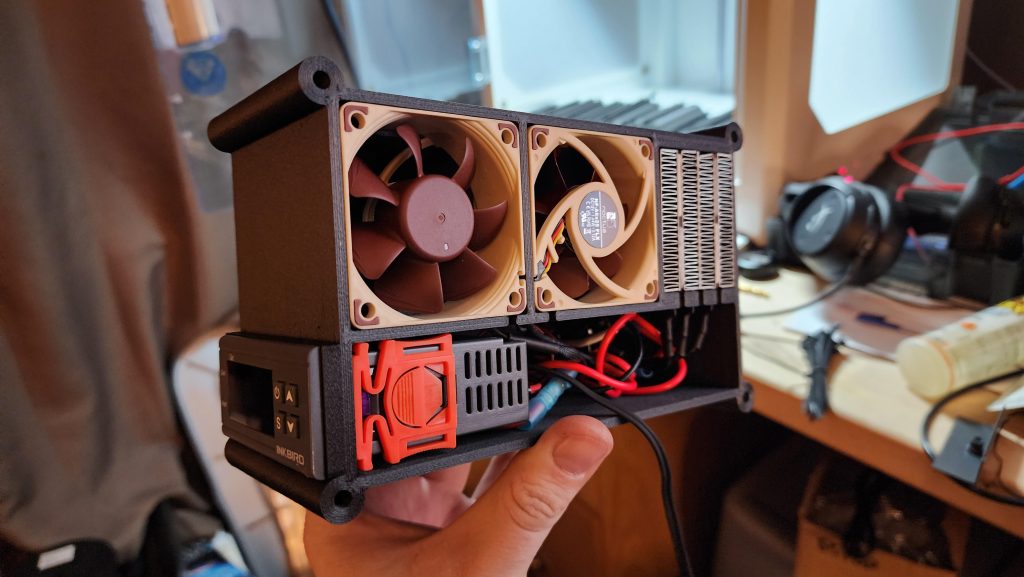Enclosure Cooling Fans Help Regulate Internal Temperatures for Safety
Enclosure cooling fans play a pivotal role in managing internal temperatures within electronic housings and control panels. These fans are essential in preventing heat buildup that can jeopardize the performance and lifespan of sensitive electronic components. By actively circulating air, they help maintain a stable environment, which is crucial for equipment reliability, especially in high-density or high-power applications where thermal load is considerable. A consistent airflow within enclosures mitigates the risk of hotspots, which are areas where heat tends to accumulate due to inadequate ventilation. These hotspots can degrade components prematurely or even cause system failures. Cooling fans address this issue by distributing air evenly throughout the enclosure, ensuring that all components are adequately cooled. This uniformity not only extends the operational life of devices but also enhances overall system stability.

The use of enclosure cooling fans is especially important in environments with variable or extreme ambient temperatures. In such conditions, internal temperatures can easily exceed recommended thresholds without active cooling. Fans act as a buffer, reducing the impact of external thermal influences and maintaining safe operating conditions inside the enclosure. This is vital for applications in manufacturing plants, outdoor installations, or locations exposed to direct sunlight. Proper thermal management via enclosure cooling fans also contributes to energy efficiency. When internal temperatures are regulated effectively, electronic components operate more efficiently and are less likely to require additional energy to compensate for heat-induced inefficiencies. This leads to lower power consumption, reduced maintenance costs, and fewer system downtimes factors that contribute to overall cost savings in the long run.
Another benefit of using cooling fans in enclosures is the enhanced safety they provide. Overheating can not only damage components but may also pose fire hazards in severe cases. By maintaining acceptable temperature levels, fans serve as a preventative safety mechanism. This is particularly critical in systems where uninterrupted operation is essential, such as in automation controls, communication hubs, and power distribution units. Lastly, guanxie enclosure cooling fans offer flexibility in installation and design. Available in various sizes, airflow ratings, and configurations, they can be tailored to meet the specific thermal demands of different applications. Whether used in compact or large-scale systems, they integrate seamlessly into the design and contribute to safer, more reliable, and longer-lasting electronic systems. Their role in regulating internal temperatures is not just a convenience it is a necessity for operational safety and efficiency.
